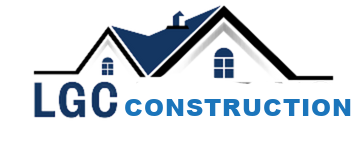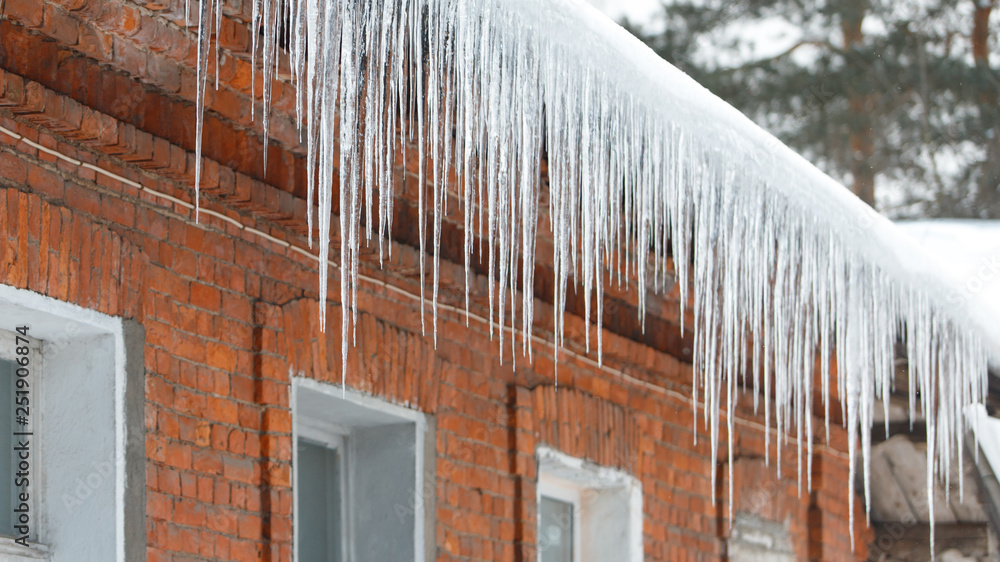The best solution for preventing ice dams this winter is to do proper maintenance inside and outside your home. Ice dams are formed when the snow melts and refreezes creating a hard block of ice. Typically, when you get ice damming, the upper parts of the roof melt first as heat escapes from the house through the attic. The lower part of the roof along the eaves is colder. The overhang is exposed to cold weather on all sides which causes the dam to occur. When ice dams build up around the edge of the roof, water can’t drain off the roof creating pools that can seep into the home damaging ceilings, walls, and foundations.
Interior
Interior maintenance will help prevent ice dams on the roof. Getting the furnace or heat pump checked before the winter begins will ensure even heating throughout the home. Heating, ventilation, and air conditioning systems (HVAC) need to be checked twice a year in spring and fall by a professional technician. Uneven heating will cause heat to be lost through the roof and ice dams to be formed.
Insulation and air sealing will keep heat inside. Laying proper insulation on the attic floor, keeps the warmth in the home rather than in the eaves. Laying a layer of ¾ inch plywood over the insulation will provide an added layer of protection from heat loss. A warm attic means roof damage is brewing. The attic should be cold in the winter.
When a roofing specialist inspects your roof, make sure they inspect the attic ceiling and the outside roof. Water spots on the attic ceiling indicate that there is a leak that can infiltrate the walls of your home. This will cause expensive damage and mold growth if not addressed promptly.
Certain home features can cause ice dams to form like sky lights, ceiling vents, and certain architectural features. Corrosion or rust on attic pipes indicates a roof leak. Damp walls next to gutters or downspouts reveals roof damage. A solid surface with a pitch of 10 degrees is best for snow removal and ice dam prevention.
Exterior
Synthetic roofing is durable and resists winds over 110 miles per hour. In addition, it resists freeze and thaw cycles that fluctuate through winter in New Jersey. Synthetic roofing has an insulative value that improves the home’s energy efficiency. Synthetic roofing is recommended for use in heavy snow and ice.
Roofing inspections check for loose or missing shingles. A non-uniform surface will cause dips and sags that can lead to pools of water that freeze into ice dams. Keep branches trimmed away from the roof to prevent damage to the roof’s surface. Clean the gutters after autumn and before the snowfalls in winter.
Animals and insects can form nests which will cause roof rot. Moisture from debris on the roof will cause roof decay. Don’t allow anything to accumulate on the roof. The roof should be smooth and even. A professional roof inspection will ensure the roof is uniform.
Professional Roofing Technicians
Professional Roofing Technicians can winterize the roof to minimize heat transfer and prevent ice dams. Home energy professionals use a blower door as a diagnostic tool to determine how much air is entering or escaping from your home. Professional energy assessors use blower door tests to help determine a home’s airtightness and an infrared camera to locate areas of excessive heat loss. Ceilings and walls must be bone dry before repairs start. Interior repairs coupled with heat loss correction will prevent ice dams in the future.
Contact LCG Contracting to meet your roofing inspection and maintenance needs. NJ licensed and insured #13VH07458600. Online https://lgcroofing.com/contact/ or by phone 609-712-8157.

